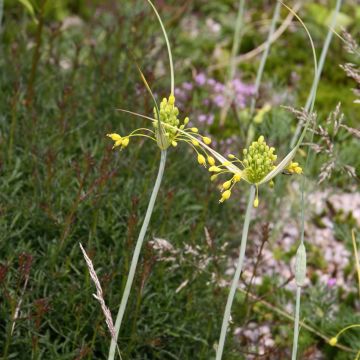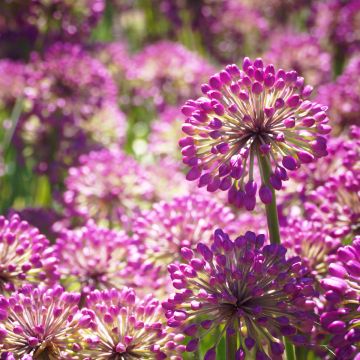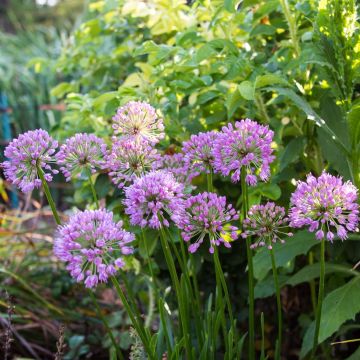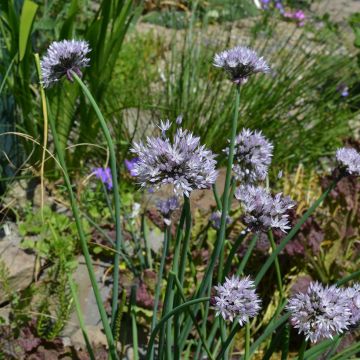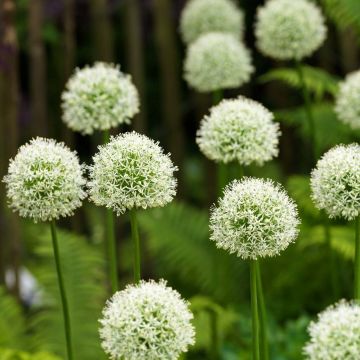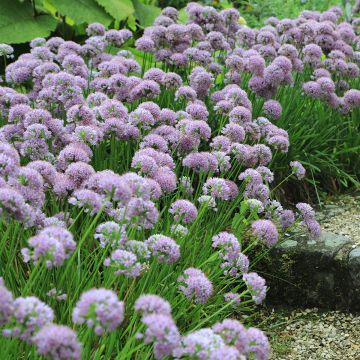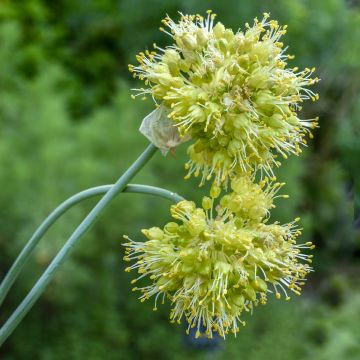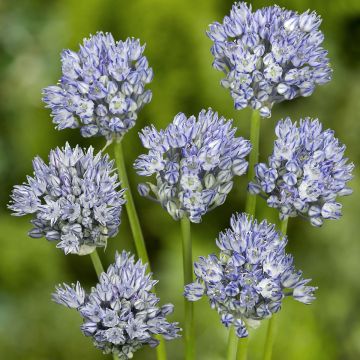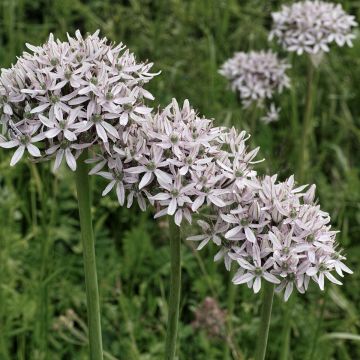Lieferland und Sprache
Ihr Wohnort scheint zu sein:
Ihr Wohnort ist:
Um die beste Erfahrung auf unserer Website zu haben, können Sie ändern:
Das Land der Lieferung:
Andorra
Belgien
Bulgarien
Chile
Deutschland
Dänemark
Estland
Finnland
Frankreich
Griechenland
Irland
Island
Italien
Kanada
Kroatien
Lettland
Litauen
Luxemburg
Malta
Monaco
Niederlande
Polen
Portugal
Rumänien
Schweden
Schweiz
Slowakei
Slowenien
Spanien
Tschechien
Ungarn
Vereinigtes Königreich
Zypern
Österreich
We only deliver seed and bulb products to your country. If you add other products to your basket, they cannot be shipped.
Sprache:
Französisch
Deutsch
Spanisch
Englisch
My Account
Hallo
Meine Favoritenlisten
Plantfit
Mein Warenkorb
Anmelden / Registrieren
Sind Sie bereits Kunde/in?
Noch nicht Kunde/in?
Erstellen Sie Ihr Konto, damit Sie Ihre Bestellung verfolgen, auf unseren Kundenservice zugreifen und, wenn Sie möchten, von zukünftigen Angeboten profitieren können.
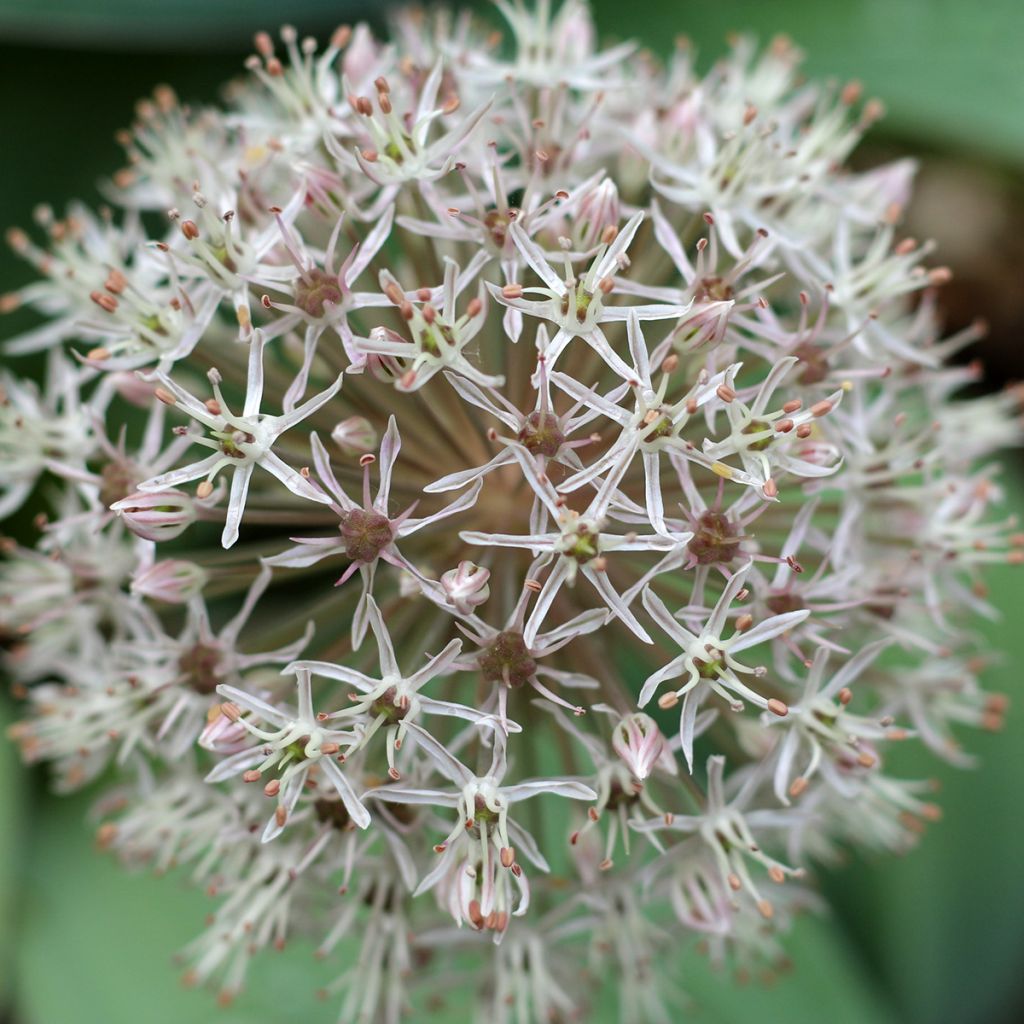

Allium karataviense - Turkestan Onion, Ornamental Onion
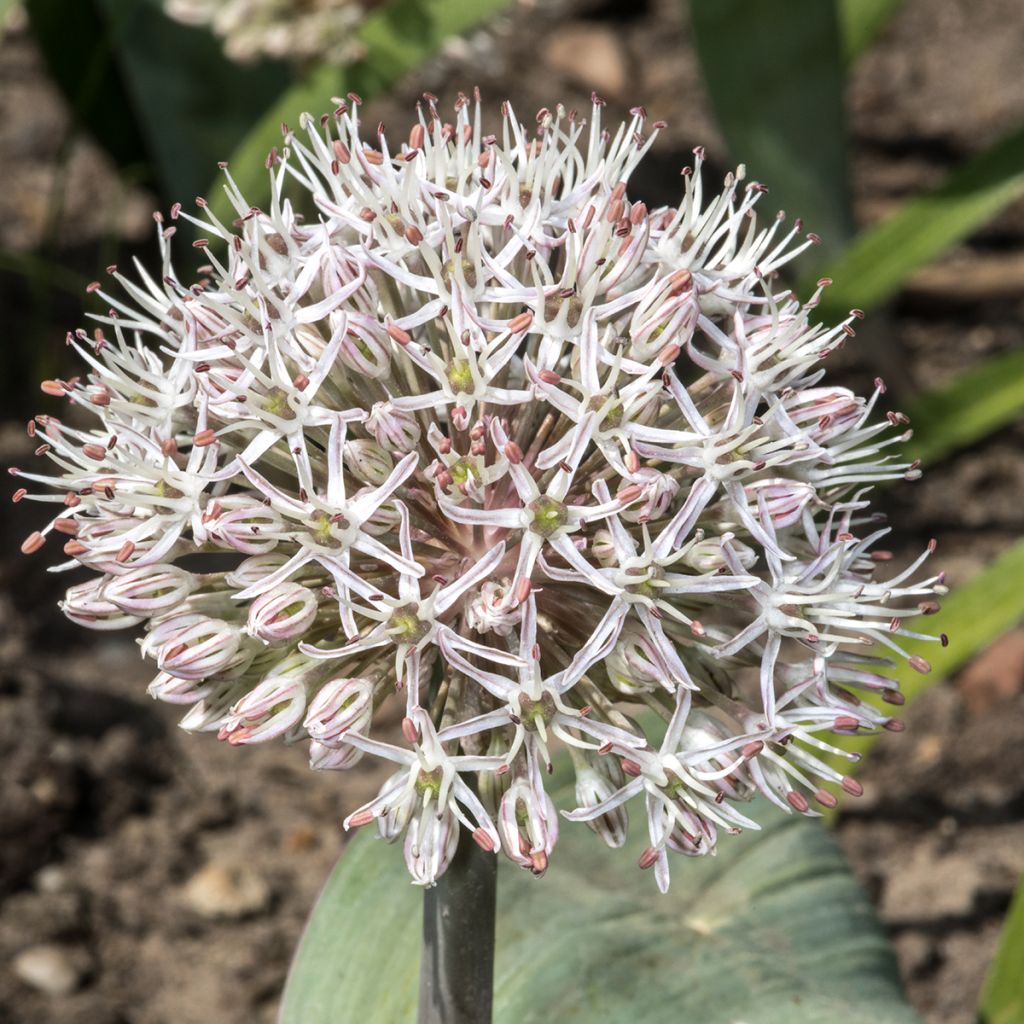

Allium karataviense - Turkestan Onion
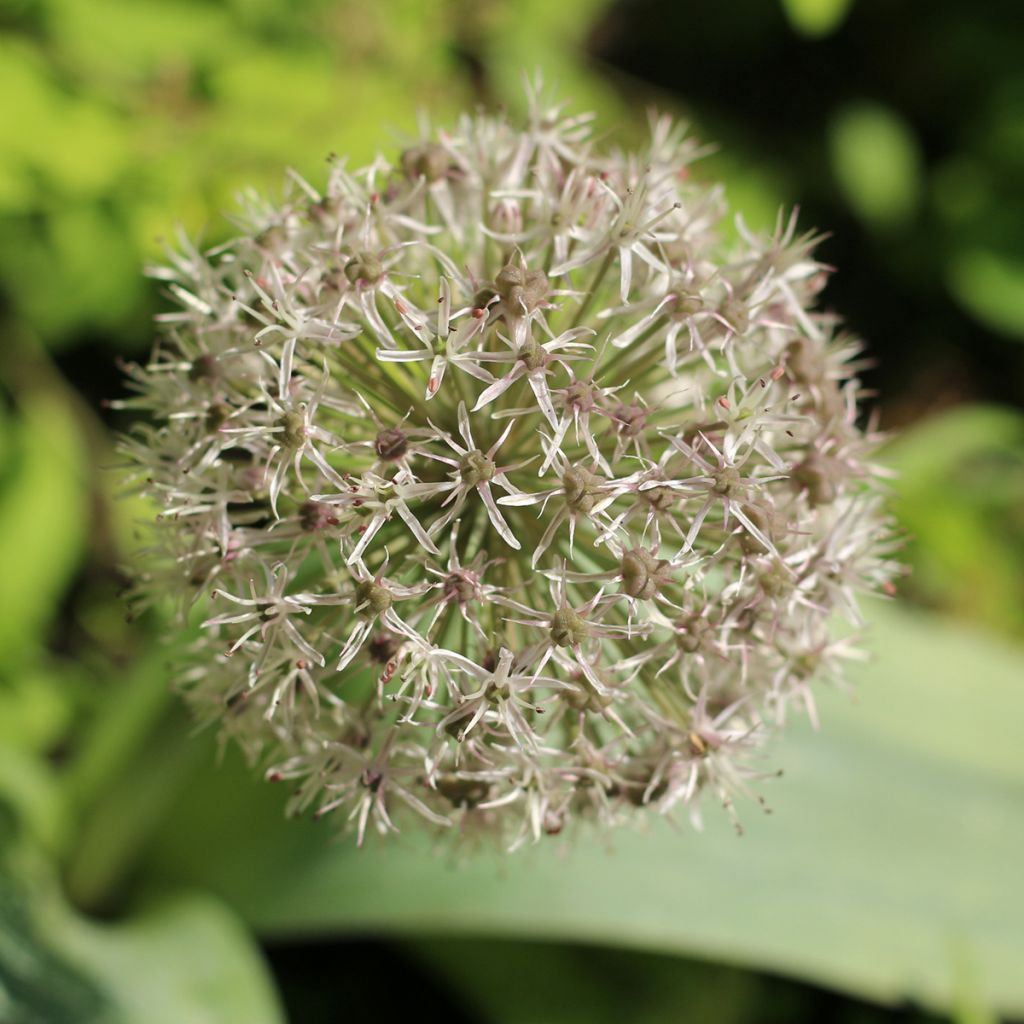

Allium karataviense - Turkestan Onion
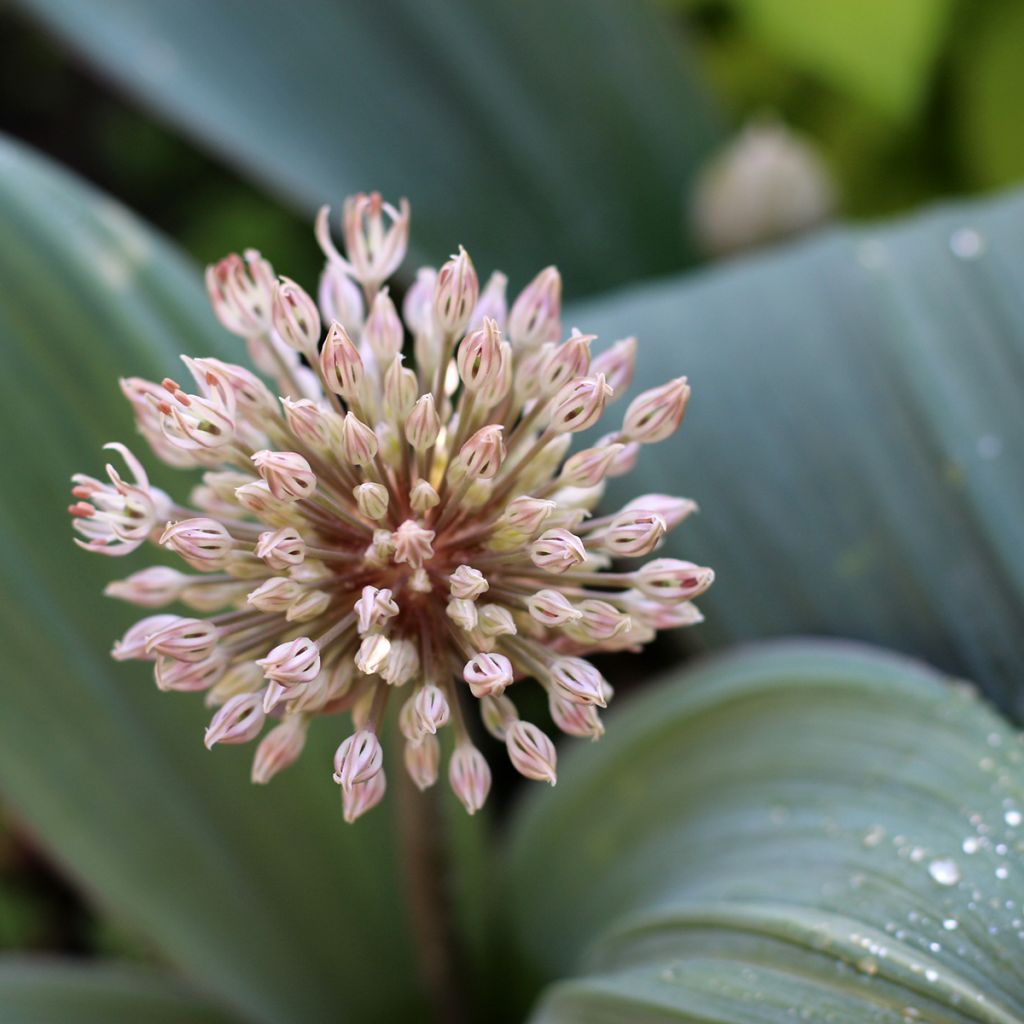

Allium karataviense - Turkestan Onion
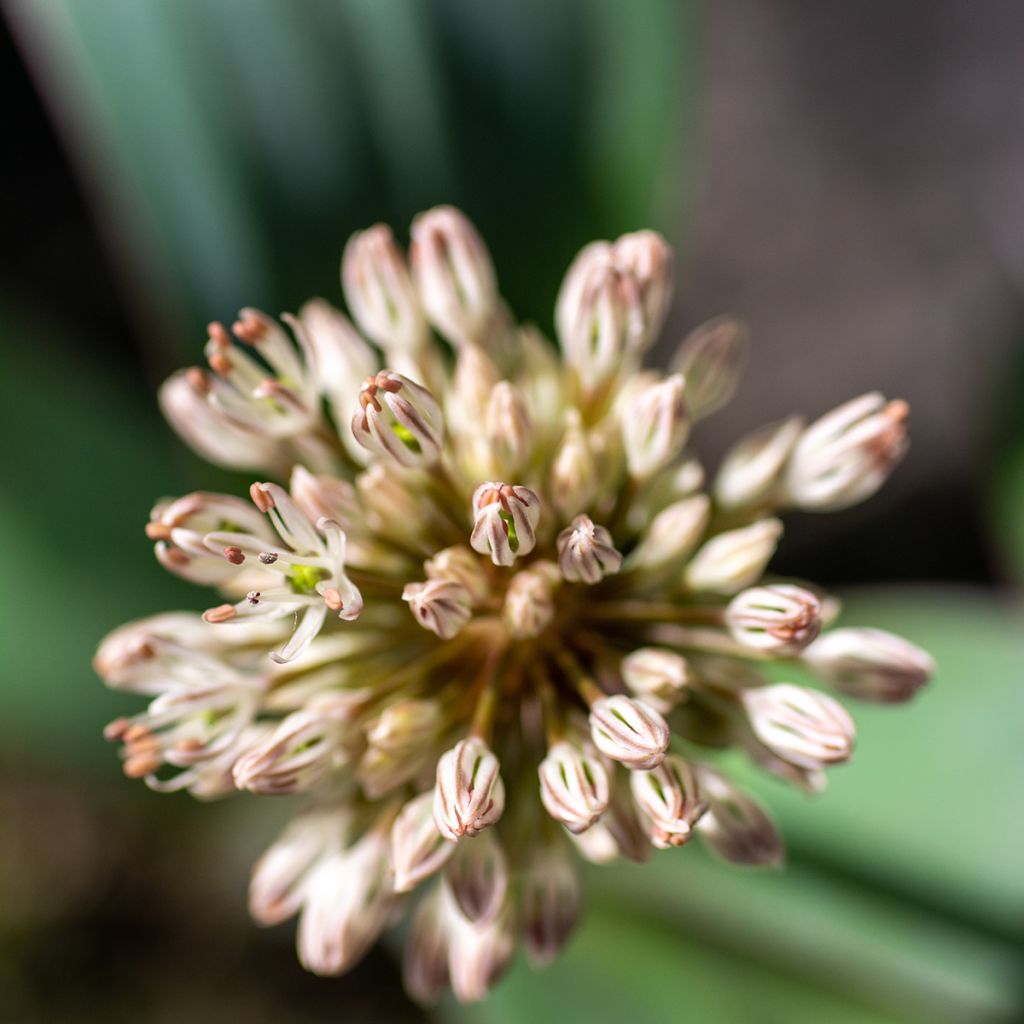

Allium karataviense - Turkestan Onion
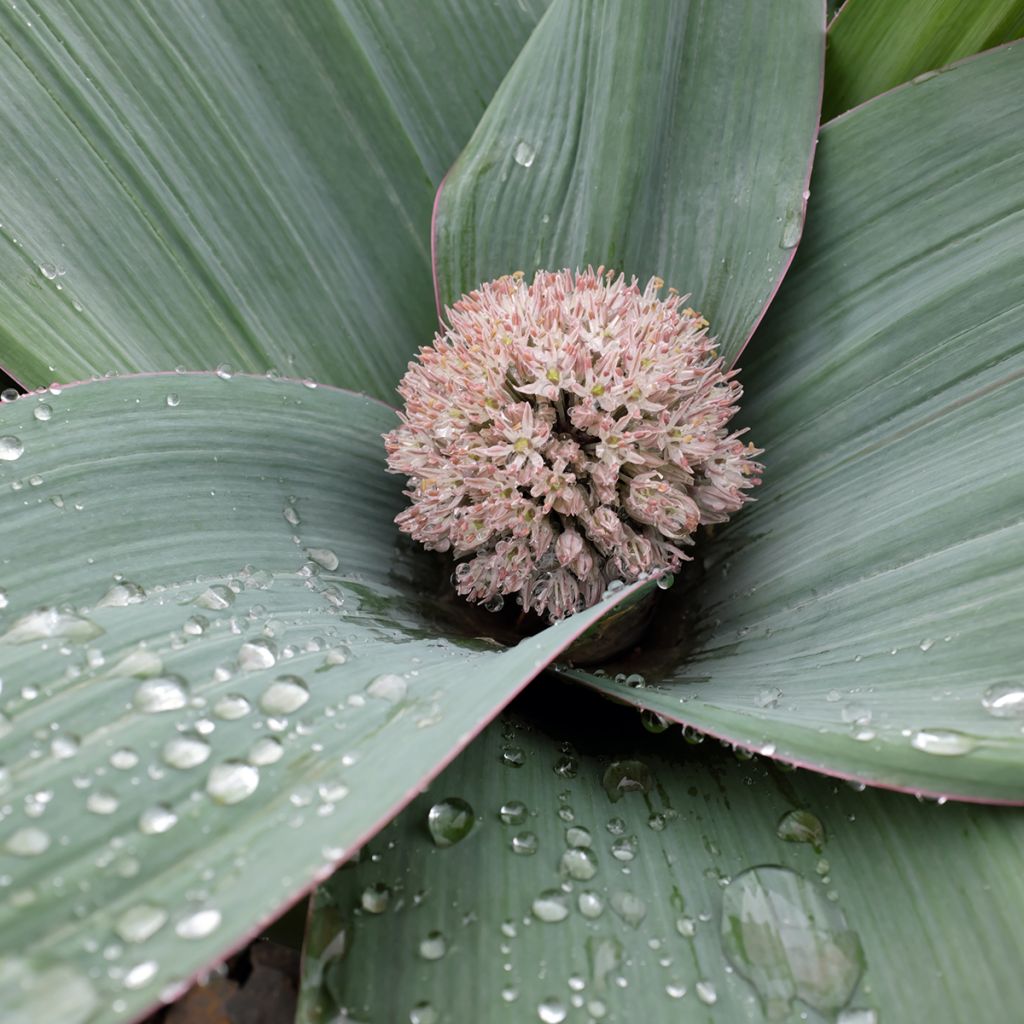

Allium karataviense - Turkestan Onion
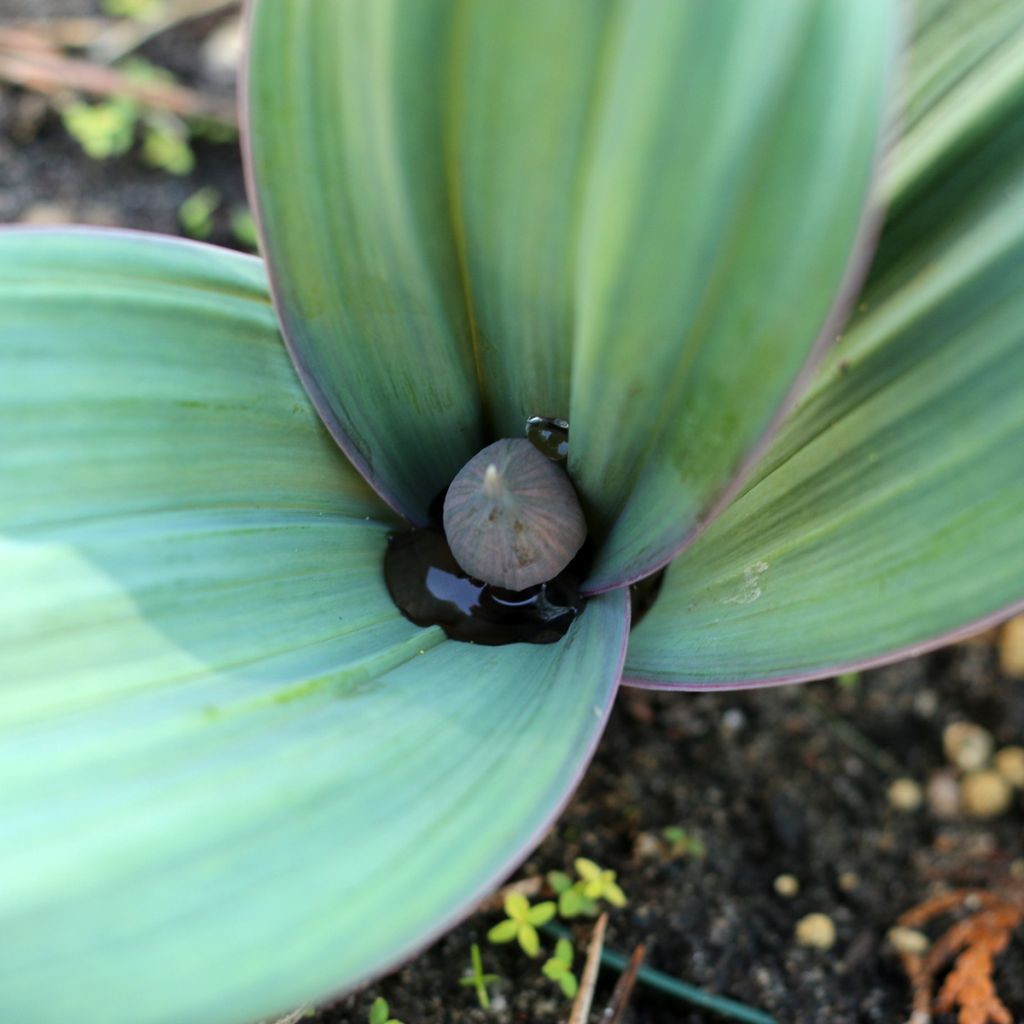

Allium karataviense - Turkestan Onion
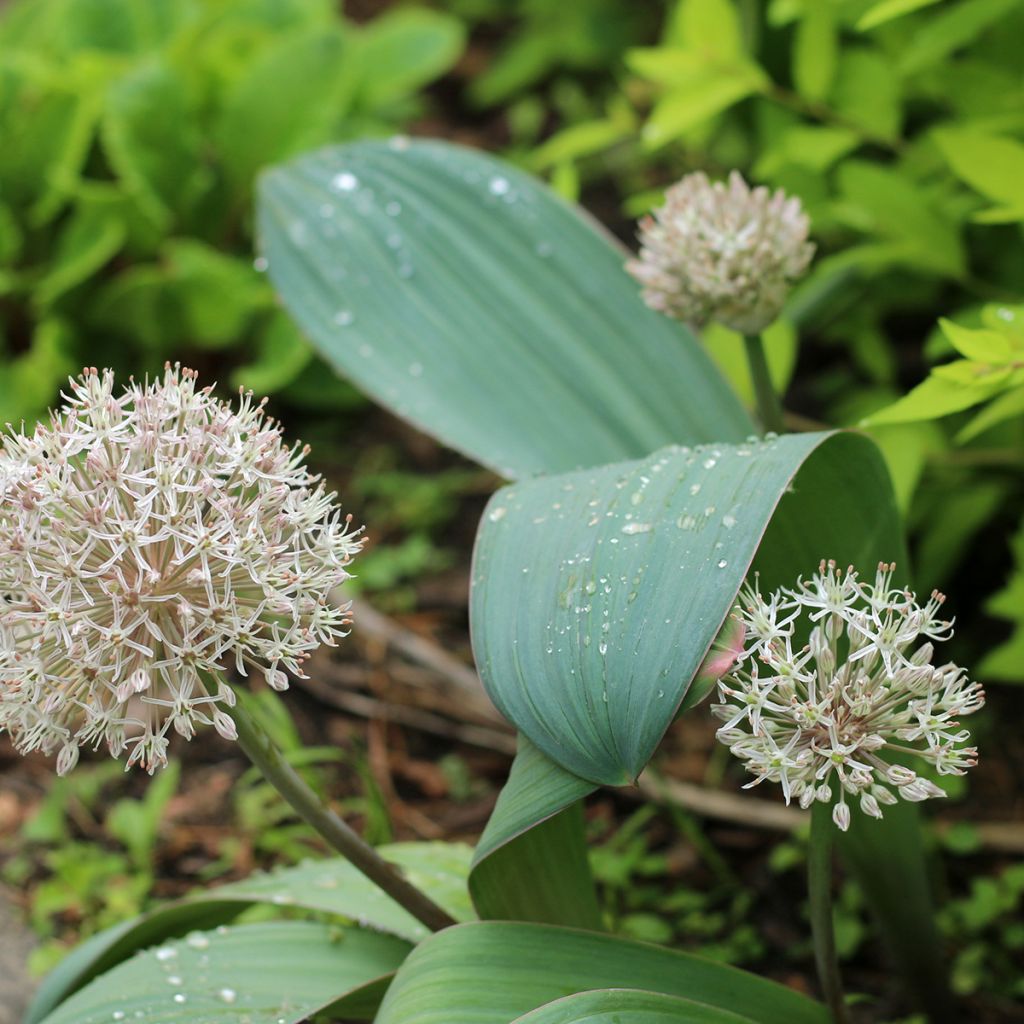

Allium karataviense - Turkestan Onion
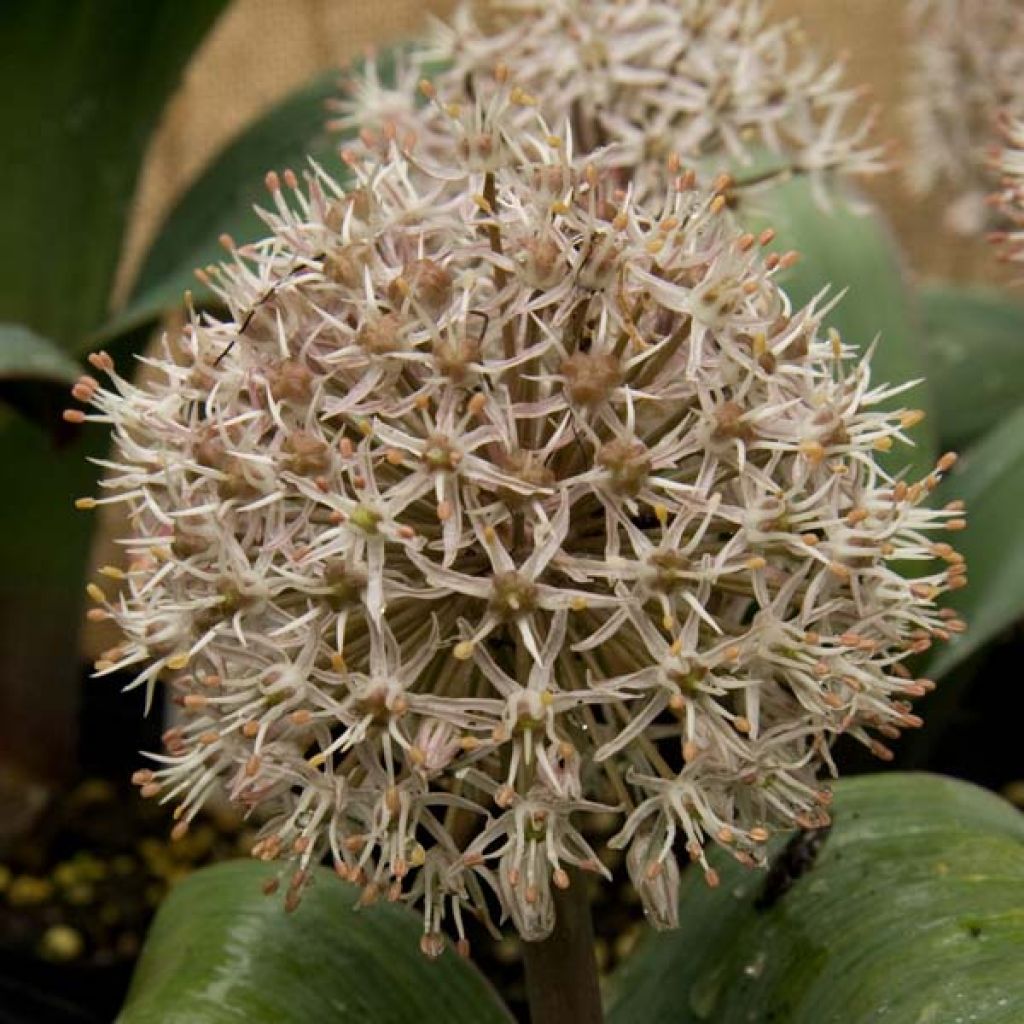

Allium karataviense - Turkestan Onion, Ornamental Onion
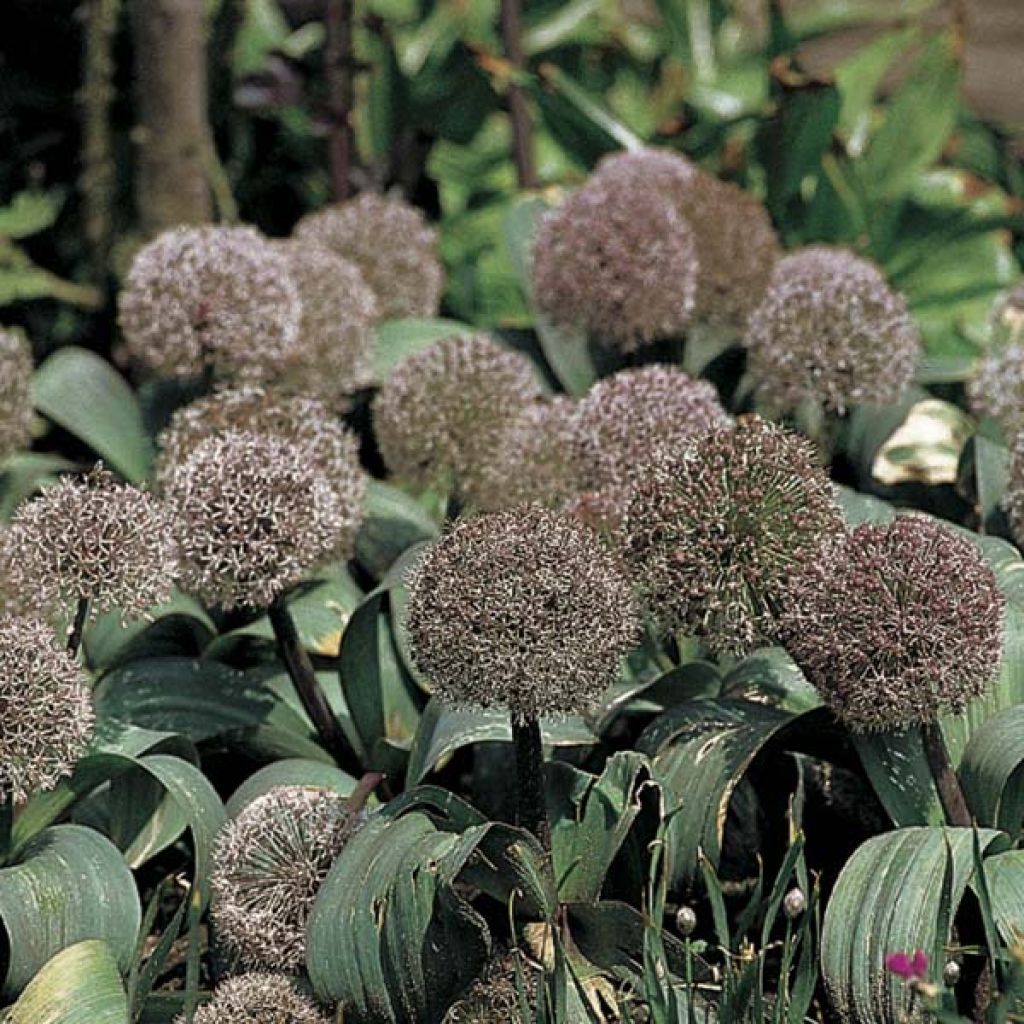

Allium Karataviense
Weitere Bilder anzeigen
Bilder ausblenden

Thierry P.

Floraison de mai - image 1
Thierry P. • 84 FR

Thierry P.

Floraison de mai - image 2
Thierry P. • 84 FR

Aurélie M.

Mi-mai
Aurélie M. • BE
Allium karataviense - Turkestan Onion
Allium karataviense
Turkestan Onion, Ornamental Onion
Nur damit Ihre Bestellung noch heute versendet wird.
Per Brief versendet von 3,90 €.
Porto ab 5,90 €. Große Lieferung, Versandkosten ab 6,90 €.
Mehr
Dieser Artikel ist für Ihr Land nicht verfügbar.
Land der Lieferung:
Andorra
Belgien
Bulgarien
Chile
Deutschland
Dänemark
Estland
Finnland
Frankreich
Griechenland
Irland
Island
Italien
Kanada
Kroatien
Lettland
Litauen
Luxemburg
Malta
Monaco
Niederlande
Polen
Portugal
Rumänien
Schweden
Schweiz
Slowakei
Slowenien
Spanien
Tschechien
Ungarn
Vereinigtes Königreich
Zypern
Österreich
Planen Sie das Datum Ihrer Lieferung,
und wählen Sie Ihr Datum im Warenkorb aus.
Rücknahmegarantie von 6 Monat auf diese Pflanze
Mehr
Wir garantieren die Qualität unserer Pflanzen während eines kompletten Vegetationszyklus und ersetzen auf unsere Kosten jede Pflanze, die unter normalen Klima- und Pflanzbedingungen nicht angewachsen ist.
Ab 5,90 € für eine Lieferung an eine Packstation. und 6,90 € für eine Lieferung nach Hause
.
Ab 5,90 € für eine Lieferung an eine Packstation. und 6,90 € für eine Lieferung nach Hause
.

Ist diese Pflanze für meinen Garten geeignet?
Ich erstelle mein Plantfit-Profil →
Beschreibung
The Allium karataviense, also known as the Turkestan Ornamental Garlic, native to the mountains of Karatau in Kazakhstan, is an attractive, robust, and hardy botanical species that blooms in spring. It is recognized by its large globular pastel-colored flower heads carried by stout stems emerging from beautiful bluish-gray reflective leaves. The plant goes dormant in summer. This not very tall but quite spectacular ornamental garlic will thrive in a border or a sunny rockery among low plants, planted in very well-drained soil, even limestone and dry in summer.
The Turkestan garlic is native to Central Asia where it grows in the mountains, usually on limestone scree. This plant belongs to the lily family (alliums), growing from a single bulb, round and somewhat flattened, which can reach 10 cm in diameter over the years. Its cold resistance is excellent (-20°C and colder), and it tolerates limestone soils and rather dry conditions in summer very well. The inflorescences, perched 25 cm above the ground, are dense spherical umbels measuring 6 to 7 cm in diameter. They consist of numerous star-shaped flowers with 6 petals, in a very soft blend of white, cream, and lilac. After pollination by pollinating insects, decorative black seeds form. This slightly fragrant flowering is carried by thick and stout stems, between May and June, starting in late April in our mild regions. The foliage, resembling a cone, emerges from the ground towards the end of March, earlier or later depending on the regions. It consists of 2 to 5 leaves measuring 5 to 12 cm wide, arranged in a rosette. They are thick, purplish on the underside, and covered with a bloom that gives them a refined bluish-gray color. They are sometimes tinged with purple. The foliage yellows and disappears just after flowering, usually by late June, a good adaptation to hot and dry summer conditions.
Easy to grow and unique, the Allium karataviense appreciates any type of fresh soil in spring, but always well-drained, in a sunny location. Used to add an unusual touch to borders and rockeries, it adapts very well to pot culture, allowing you to enjoy its beautiful flowering on a balcony or terrace. Plant it in groups of 5 that you will slip between low perennials (catmint 'Kit Cat', aubrietas, perennial geraniums, lavenders, ground cover carnations...).
Allium karataviense - Turkestan Onion in Bildern...




Hafen
Blüte
Laub
Botanik
Allium
karataviense
Alliaceae - Liliaceae
Turkestan Onion, Ornamental Onion
Zentralasien
Sonstige Allium - Zierlauch
Pflanzung & Pflege
Alliums are plants that are quite easy to grow if they are planted in a very well-drained, sandy or gravelly soil. Preferably plant them before the end of October so they have time to establish well. They dislike winter moisture. Species and varieties with early flowering, such as the Turkestan garlic, prefer fairly dry soils in summer. This Allium karataviense thrives in limestone soils, but will also do well in slightly acidic soil. It especially needs water in spring.
Give them a sunny spot in a well-drained, even rocky soil. Plant them at a depth of 10 to 15 cm, spaced 15 cm apart for larger ones. Plant them at a depth of 10 cm, spaced 7 cm apart for small bulbs. Not very demanding, they prefer poor soils.
Wann soll ich pflanzen?
Für welchen Ort?
Pflege
Dieser Artikel hat noch keine Bewertungen erhalten; sei der Erste, der seine Erfahrungen mitteilt.
Haben Sie nicht das Passende gefunden?
Winterhärte ist die niedrigste Wintertemperatur, die eine Pflanze aushalten kann, ohne ernsthafte Schäden zu erleiden oder gar abzusterben. Diese Winterhärte wird jedoch durch den Standort (geschützter Bereich, z. B. eine Terrasse), Schutzmaßnahmen (Wintervlies) und die Art des Bodens (die Winterhärte wird durch einen gut durchlässigen Boden verbessert) beeinflusst.

Allgemeine Nutzungsbedingungen für den Service "Kundenfotos"
Um die Interaktion und den Erfahrungsaustausch zwischen Gärtnern zu fördern, bietet Promesse de fleurs verschiedene Dienste an, die das Einstellen von Inhalten auf der Website ermöglichen - insbesondere über das Modul "Fotos teilen".
Dem Nutzer ist es untersagt:
-
Inhalte zu veröffentlichen, die illegal, schädlich, beleidigend, rassistisch, hasserregend, revisionistisch, sittenwidrig sind, die Privatsphäre verletzen oder die Schutzrechte Dritter verletzen, insbesondere das Recht auf das Bild von Personen und Gütern, das Recht auf geistiges Eigentum oder das Recht auf Achtung des Privatlebens
- Inhalte im Namen eines Dritten einzureichen.
- Die Identität eines Dritten zu missbrauchen und/oder persönliche Informationen eines Dritten zu veröffentlichen.
Generell verpflichtet sich der Nutzer, von jeglichem unethischen Verhalten Abstand zu nehmen.
Alle Inhalte (insbesondere Texte, Kommentare, Dateien, Bilder, Fotos, Videos, Werke usw.), die möglicherweise Eigentumsrechten, geistigem Eigentum, Bildrechten oder anderen Privatrechten unterliegen, bleiben Eigentum des Nutzers, vorbehaltlich der eingeschränkten Rechte, die durch die unten definierte Lizenz an Promesse de fleurs gewährt werden. Den Nutzern steht es frei, solche Inhalte auf der Website zu veröffentlichen oder nicht, insbesondere über den Dienst "Fotos teilen", und sie akzeptieren, dass diese Inhalte öffentlich und frei zugänglich werden, insbesondere im Internet.
Sie erkennen an, verpflichten sich und garantieren, dass sie über alle Rechte und Genehmigungen verfügen, die für eine solche Veröffentlichung auf der Website erforderlich sind, insbesondere im Rahmen der geltenden Gesetzgebung und der Rechte auf Privatsphäre, Eigentum, geistiges Eigentum, Bild, Verträge oder jeder anderen Art. Durch eine solche Veröffentlichung auf der Website sind sich die Nutzer bewusst, dass sie als Herausgeber der Inhalte im Sinne des Gesetzes haften, und gewähren Promesse de fleurs für die Dauer der Veröffentlichung eine nicht exklusive, gebührenfreie, weltweite Lizenz für die Inhalte, einschließlich des Rechts auf Vervielfältigung, Darstellung, Hochladen, Anzeige, Ausführung, Übertragung und Speicherung.
Die Nutzer erlauben außerdem, dass ihr Name mit den Inhalten in Verbindung gebracht werden kann und akzeptieren, dass diese Verbindung nicht immer hergestellt wird.
Durch ihre Veröffentlichung gestatten die Nutzerinnen und Nutzer, dass ein Inhalt automatisch im Internet zugänglich wird, insbesondere auf anderen Websites und/oder Blogs und/oder Webseiten der Website von Promesse de fleurs, einschließlich insbesondere der Seiten in sozialen Netzwerken und des Katalogs von Promesse de fleurs.
Die Nutzer/innen können frei entscheiden, ob sie die ihnen anvertrauten Inhalte zurückgeben möchten, indem sie den Kundenservice über das Kontaktformular kontaktieren.
Die auf unserer Website angegebenen Aussaatzeiten gelten für Länder und Regionen innerhalb der USDA Zone 8 (Frankreich, Großbritannien, Irland, Niederlande).
In kälteren Gebieten (Skandinavien, Polen, Österreich...) sollten Sie die Aussaat im Freien um 3-4 Wochen später vornehmen oder unter Glas säen.
In wärmeren Gegenden (Italien, Spanien, Griechenland usw.) die Aussaat im Freien um einige Wochen vorverlegen.
Die auf unserer Website angegebene Erntezeit gilt für Länder und Regionen der USDA-Zone 8 (Frankreich, England, Irland, Niederlande).
In kälteren Gebieten (Skandinavien, Polen, Österreich...) wird sich die Obst- und Gemüseernte wahrscheinlich um 3-4 Wochen verzögern.
In wärmeren Gebieten (Italien, Spanien, Griechenland usw.) wird die Ernte je nach den Witterungsbedingungen wahrscheinlich früher stattfinden.
Der auf unserer Website angegebene Pflanzzeitraum gilt für Länder und Regionen in der USDA-Zone 8 (Frankreich, Vereinigtes Königreich, Irland, Niederlande).
Sie ist je nach Ihrem Wohnort unterschiedlich:
- In den Mittelmeerländern (Marseille, Madrid, Mailand usw.) sind Herbst und Winter die besten Pflanzzeiten.
- In den kontinentalen Zonen (Straßburg, München, Wien usw.) sollte die Pflanzung im Frühjahr auf 2 bis 3 Wochen später verschoben und im Herbst um 2 bis 4 Wochen vorgezogen werden.
- In Gebirgsregionen (Alpen, Pyrenäen, Karpaten usw.) ist es am besten, im späten Frühjahr (Mai-Juni) oder im Spätsommer (August-September) zu pflanzen.
In gemäßigten Klimazonen sollte der Schnitt von frühjahrsblühenden Sträuchern (Forsythien, Spireen usw.) unmittelbar nach der Blüte erfolgen.
Der Rückschnitt von sommerblühenden Sträuchern (Flieder, Perowskia usw.) kann im Winter oder im Frühjahr erfolgen.
In kalten Regionen sowie bei frostempfindlichen Pflanzen sollte ein zu früher Schnitt vermieden werden, wenn Sie noch mit strengen Frösten rechnen müssen.
Die auf unserer Website angegebene Blütezeit gilt für Länder und Regionen, die in der USDA-Zone 8 liegen (Frankreich, Großbritannien, Irland, Niederlande usw.).
Sie variiert je nach Wohnort:
- In den Zonen 9 bis 10 (Italien, Spanien, Griechenland usw.) findet die Blüte etwa 2 bis 4 Wochen früher statt.
- In den Zonen 6 bis 7 (Deutschland, Polen, Slowenien und untere Bergregionen) wird sich die Blüte um 2 bis 3 Wochen verzögern.
- In Zone 5 (Mitteleuropa, Skandinavien) verzögert sich die Blüte um 3 bis 5 Wochen.
